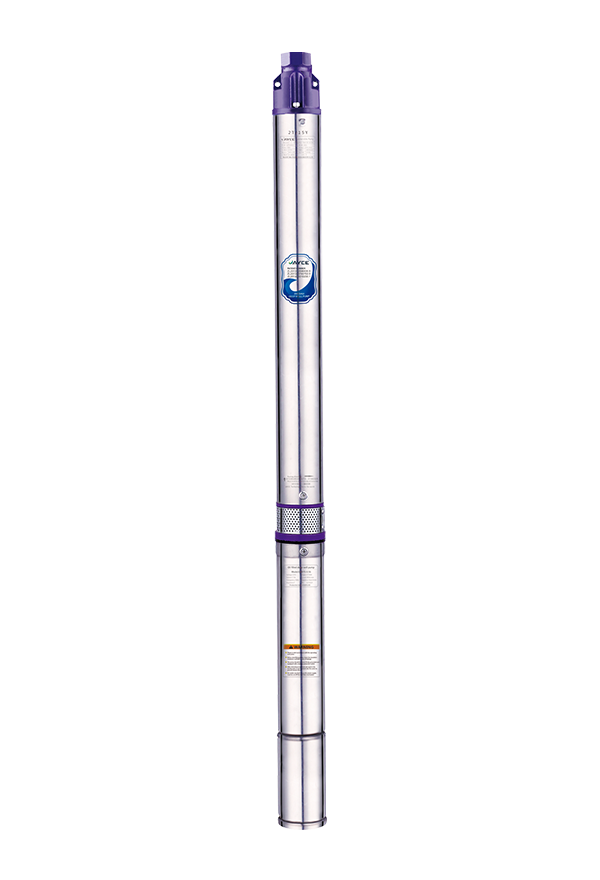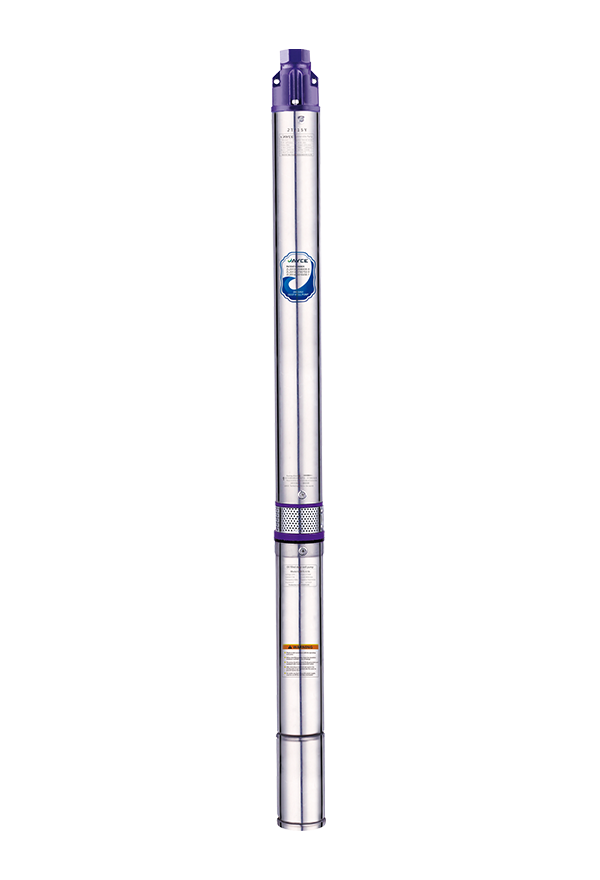Supply Centrifugal Impeller Submersible Screw Pump in China Maker
When it comes to industrial applications, selecting the right equipment is crucial for ensuring efficiency and reliability. One critical piece of equipment in various industries is the submersible screw pump. The submersible screw pump is designed for pumping fluids, including those with high viscosities, and operates efficiently while submerged in the fluid it pumps. This article explores key considerations for selecting a submersible screw pump for industrial use, highlighting factors that impact its performance and suitability for specific applications.
1. Fluid Characteristics
One of the primary factors to consider when selecting a submersible screw pump is the nature of the fluid it will handle. Submersible screw pumps are versatile and can handle a range of fluids, including water, sludge, and chemicals. However, it's essential to assess the fluid's viscosity, density, and temperature. For instance, highly viscous fluids require a pump with specific design features to manage the increased resistance. Additionally, the presence of abrasive particles or corrosive substances in the fluid may necessitate a submersible screw pump with specialized materials and coatings to ensure durability and less wear.
2. Pump Capacity and Size
The capacity and size of the submersible screw pump are critical considerations for ensuring it meets the demands of the application. Pumps come in various sizes and capacities, and selecting the right one involves calculating the required flow rate and head. The flow rate determines how much fluid the pump can handle, while the head indicates the height to which the pump can lift the fluid. Ensuring that the submersible screw pump is appropriately sized for the application prevents underperformance or overloading, both of which can advance to operational issues.
3. Energy Efficiency
Energy efficiency is a significant factor in the selection process for a submersible screw pump. Industrial applications often run continuously, so a pump that consumes less energy while delivering effective performance can advance to substantial cost savings. Look for pumps designed with energy-efficient features and technologies that reduce power consumption. Evaluating the efficiency of a submersible screw pump involves considering its operational power requirements and comparing them to its output.
4. Installation and Maintenance
The ease of installation and maintenance of the submersible screw pump is another important consideration. Submersible screw pumps are typically installed underwater or in the fluid they pump, which can present challenges in terms of access and maintenance. Choose a pump that offers straightforward installation procedures and maintenance routines. Additionally, consider whether the pump has features such as accessible service points and user-friendly diagnostic tools to facilitate routine checks and repairs.
5. Durability and Material Selection
Durability is a key factor when selecting a submersible screw pump, especially in industrial environments where pumps are exposed to harsh conditions. The materials used in the construction of the pump play a significant role in its longevity and performance. Submersible screw pumps are available in various materials, including stainless steel and composite materials, which provide resistance to corrosion and abrasion. Select a pump made from materials that align with the conditions it will face, ensuring it can withstand wear and maintain reliable operation over time.
6. Safety Features
Safety is a crucial aspect of industrial equipment, including submersible screw pumps. Ensure that the pump is equipped with safety features that protect both the equipment and the operators. These features may include thermal protection to prevent overheating, overcurrent protection to avoid electrical faults, and automatic shutoff mechanisms in case of failure. A pump with robust safety features helps prevent accidents and extends the lifespan of the equipment.
7. Cost Considerations
Finally, cost is an important consideration when selecting a submersible screw pump. While it's tempting to choose the least expensive option, it's essential to balance cost with performance and durability. Consider the total cost of ownership, including initial purchase price, installation, maintenance, and operational costs. Investing in a high-quality submersible screw pump may have a higher upfront cost but can result in lower long-term expenses due to reduced maintenance and energy consumption.
In conclusion, selecting the right submersible screw pump for industrial use involves evaluating several key factors, including fluid characteristics, pump capacity, and size, energy efficiency, installation and maintenance, durability, safety features, and cost. By carefully considering these aspects, you can choose a submersible screw pump that meets the specific needs of your application and ensures reliable, efficient performance.

 English
English bahasa Indonesia
bahasa Indonesia




.png)
.png)
